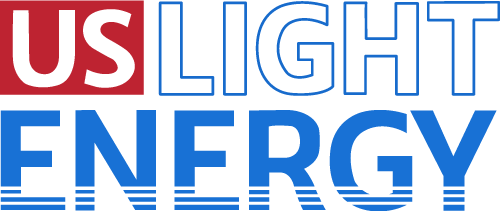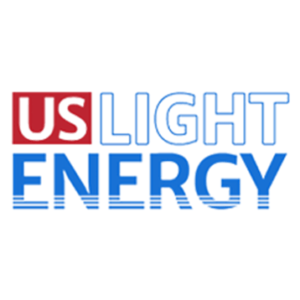
About
In the News
USLE in the News
Featured News Stories
News, posts and other stories featuring U.S. Light Energy events, projects and company updates.


USLE Relocates to New 15,000sf Office Space to Accommodate Growth
read now
Kimmeridge Carbon Solutions Commits $15 Million To US Light Energy
read now
Top 10 Best CEO
read now
2023 Top Solar Contractors
read now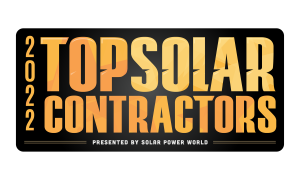
2022 Top Solar Contractors
read now
Solar Industry Challenged by NY Home Rule
read now
2021 Top Solar Contractors
read now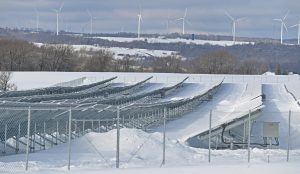
Solar Farm being built on Flat Rock Road in Martinsburg
read now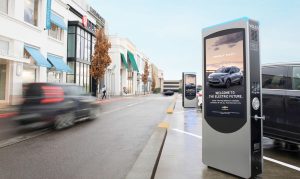
GM Banks On Free Electric Vehicle Charging Stations To Sell New Chevy Bolt EUVs
read now
U.S. Light Energy Announces Support for the Executive Order on Tackling the Climate Crisis at Home and Abroad
read now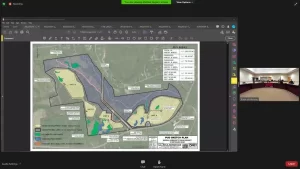
Large solar array proposed for residential area in Moreau
read now
POWERGEN+ on tap with renewables, energy storage and hydrogen
read now
2020 Top Solar Contractors
read now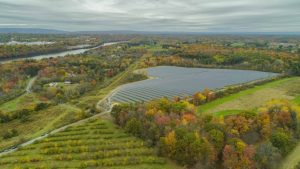
Investors shelling out $150M to develop 15 community solar farms across upstate New York
read now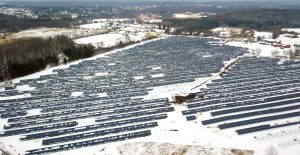
U.S. Light Energy Completes Denmark Community Solar Project
read now
Energy Impact Partners acquires 102-MW New York community solar portfolio
read now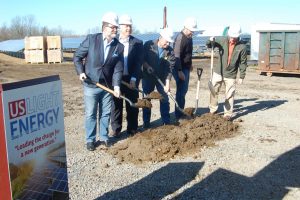
Sunny day for Denmark Community Solar Project ground-breaking
read now
U.S. Light Energy, Standard Solar complete 7-MW New York community solar project
read now
